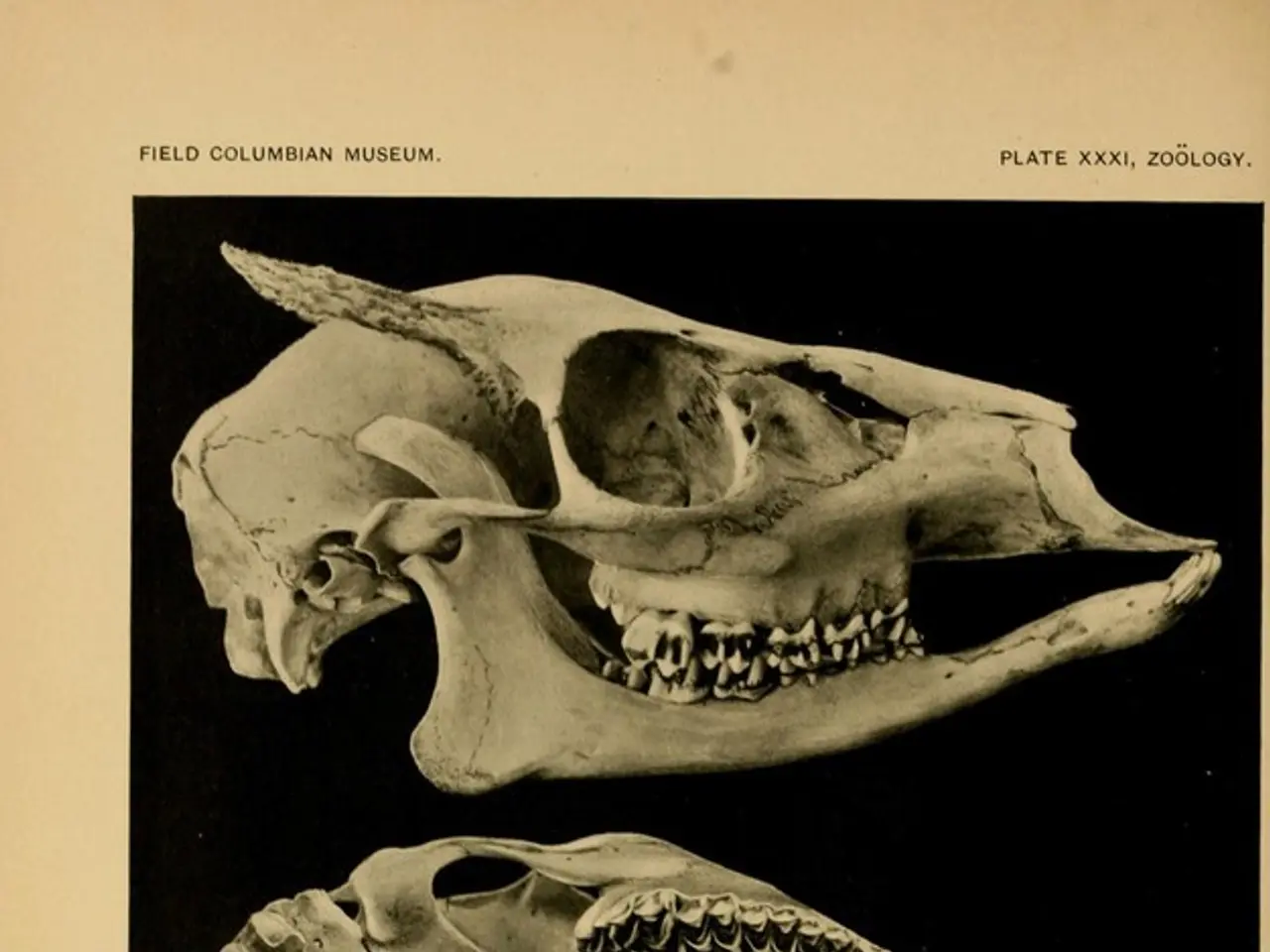Teetering on the Edge: Research Highlights California Cliffs Potentially Prone to Caving In
In a groundbreaking study led by Adam Young at the University of California San Diego, areas along the California coastline prone to impending cliff collapses have been identified. The research, funded by NOAA's California Sea Grant College Program, is the first large-scale study in California using LiDAR data and marks a significant step forward in understanding and addressing coastal erosion.
The study, published in the journal Geomorphology, provides accurate erosion rates for 680 miles of the California coast, shedding light on the urgent need for action to protect critical infrastructure, ecosystems, and human safety. The research reveals that historical cliff erosion rates may not accurately predict future rates, making it crucial to employ advanced measures to identify high-risk areas.
Notably, the study identified worrisome spots along the California coast, including San Onofre State Beach, Big Sur, Martin's Beach, Daly City, and several other areas with the highest cliff erosion rates. These areas pose a significant threat to highways, houses, businesses, military bases, parks, power plants, and other critical facilities, with billions of dollars of development at risk.
To carry out this comprehensive analysis, the researchers used LiDAR data-laser elevation data recorded in aerial surveys-to create detailed 3D elevation maps. This approach allowed for a more accurate assessment of cliff erosion rates compared to existing, smaller-scale studies that often rely on a variety of techniques and lower quality data sources.
Unstable cliffs have caused injuries and several fatalities in recent years, underlining the importance of this research in mitigating potential risks. The study compares recent cliff erosion maps to historical records from 1932 and 1934 to show both recent and historical erosion rates for the majority of the state's coastline. Interestingly, the research shows that large amounts of cliff erosion in one time period can be followed by a period with very little erosion, emphasizing the need for ongoing monitoring.
Adam Young is currently working on a set of maps to be made available to the public, which will undoubtedly prove valuable for local governments looking to update their local coastal programs in light of climate change and sea level rise. The California Coastal Commission sees the study as a reality check for planners who often focus on specific regions and smaller scales, highlighting the need for a more holistic approach to coastal management.
In conclusion, the large-scale analysis of coastal cliff erosion in California underscores the need for robust predictive tools and strategic planning to mitigate the impacts of coastal erosion, ensuring the long-term sustainability and safety of coastal communities. The research not only provides crucial insights into the current state of California's coastline but also offers a foundation for future studies and action plans aimed at protecting this valuable resource.
- The study in Geomorphology, led by Adam Young, highlights the importance of science and technology in addressing climate-change issues, such as sea level rise, by employing data-and-cloud-computing methods like LiDAR data to identify high-risk coastal areas.
- The health-and-wellness of citizens living near the California coastline could potentially be affected by the consequences of impending cliff collapses, as these events pose a threat to critical infrastructure, ecosystems, and human safety.
- The environmental-science research sheds light on the need for mental-health support as individuals may experience stress or anxiety due to the potential risks associated with sea level rise and coastal erosion.
- To facilitate ongoing monitoring, Adam Young is developing maps to be made publicly available, which will assist local governments in adapting their environmental-science-focused programs in response to the changing coastal environment brought about by climate change and sea level rise.




